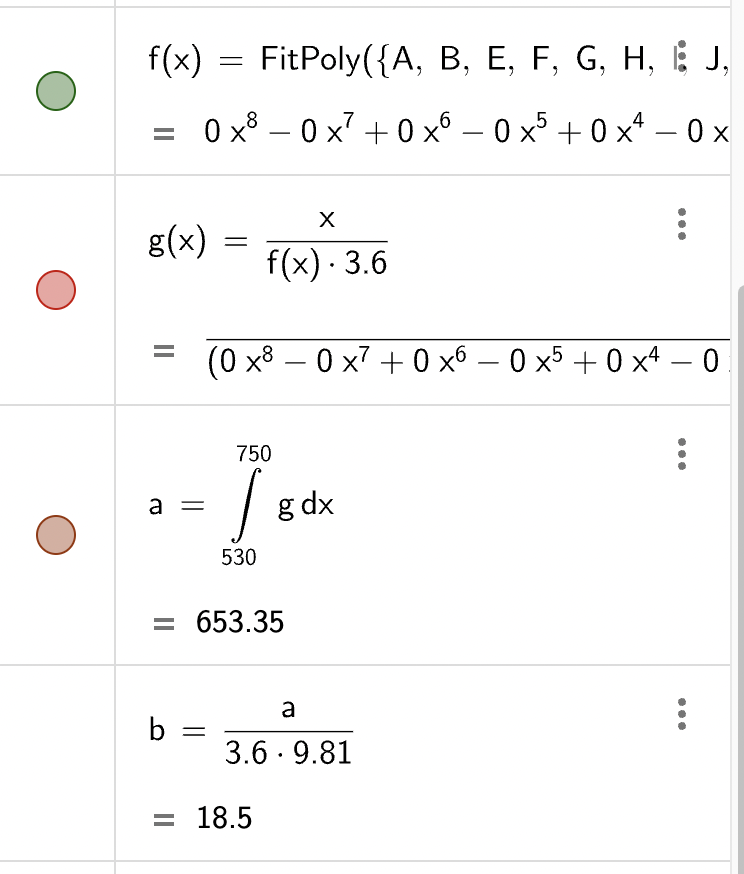This one;
https://community.gaijin.net/issues/p/warthunder/i/pMIS9A3vdNzU
Noted.
Basic dimensional data for the wings, thrust, oswald coefficient, and drag polar are all obviously wrong in the files but to “prove” all of this is difficult. What we can show is that it takes too long to accelerate from 500 to 700 as you said, we can also show it fails to meet low speed non-afterburning turn rates both in documentation and on video.
It likely wasn’t, but he entered visibly slow and left visibly slow - both in full control of the aircraft and without departure qualities. In fact, he had sufficient energy without burner to immediately pitch up and climb out of the maneuver. You cannot do any of this in-game without being on the verge of departure. There is no correlation to the performances of the two.
@Giovanex05 So you need someone to conduct these tests? I can give it a go later. I still think it is worth using the fact that it cannot complete a turn in ~15s even on the absolute minimum allowable fuel load in test flight. (35 seconds)


